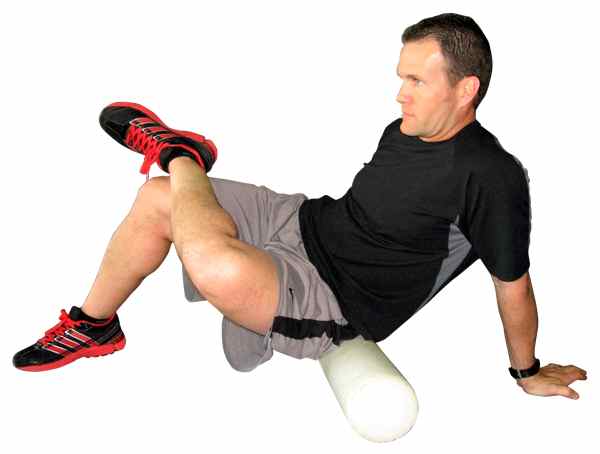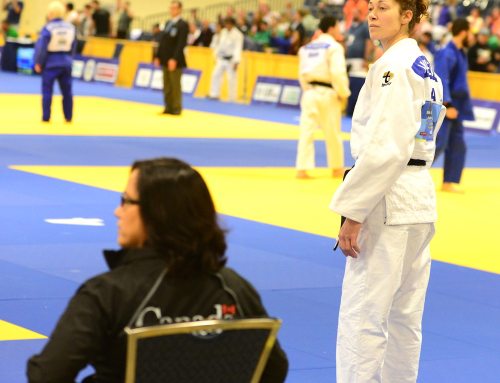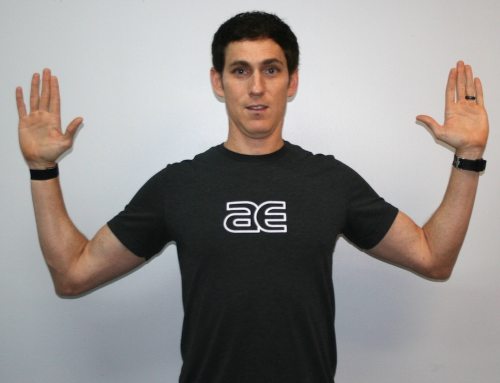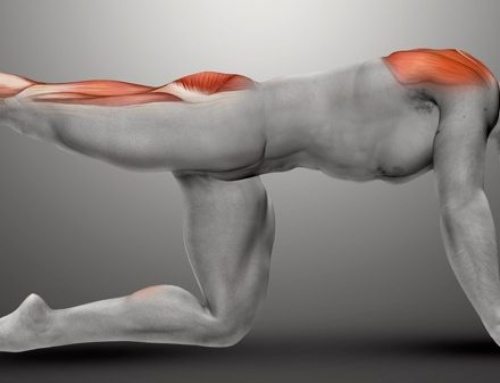
By Brian Schiff
Have you ever felt a sudden sharp pain in your buttock or a cramping sensation that radiates down the back of your leg during a training run? Perhaps the pain is intermittent and accompanied by numbness and tingling that intensifies as your mileage increases. In some cases, these symptoms may appear even when sitting and driving.
In my experience, most runners are quick to search for answers and often self-diagnose their own issues. Typically, they initially search the Web and consult with their massage therapists and come away convinced they are suffering from “piriformis syndrome.”
Clinically, this condition is defined as pain in the buttock or posterior thigh and calf caused by inflammation or spasm of the piriformis muscle. The piriformis muscle externally rotates the hip and may become tight in distance runners as well as those who sit for much of the day. Stair climbing, walking and trunk rotation may also cause pain.
The consequence of excessive tightness and muscle spasm is compression of the sciatic nerve. The sciatic nerve runs above, through or below the muscle (it varies among individuals) and thus it seems logical enough that this is the most plausible explanation for these types of symptoms in the leg. However, the sciatic nerve is directly connected to the lumbosacral region (nerve roots L4-S3 are part of it).
Before jumping to conclusions, it is important to rule out lumbosacral pathology. It is 100% possible to have lumbosacral pathology with referred pain and related symptoms in the leg while having zero back pain. In other words, the pain in the leg can be the direct result of nerve root compression or irritation in the lumbar spine. Sources of such pain may include degenerative disc disease, a herniated disc, spinal stenosis (narrowing of joint space), or even spondylolisthesis (slippage of one vertebrae on another).
In many cases, symptoms related to the lumbosacral region are directly affected by mechanical movements. For example, forward and backward bending, side bending, and prolonged postures (standing or sitting) may provoke symptoms. Running promotes spinal extension (back bending) of the lumbar spine. Pay close attention to how spinal movement impacts the symptoms in your leg and do not continue running if these peripheral symptoms are worsening.
Regardless of your specific condition, I suggest consulting a medical professional to accurately diagnose the source of your pain. In some cases, people may exhibit signs and symptoms of piriformis syndrome and lumbosacral pathology. It is difficult to recommend specific exercises for unknown lumbosacral pathology, but the following exercises can be used to help resolve piriformis syndrome:
- Foam roller – Spend 30-60 seconds rolling over the affected muscle.
- Figure 4 stretch – Hold for 20-30 seconds (repeat 2 times).
- Crossover stretch – Pull opposite knee to opposite shoulder and hold 20-30 seconds (repeat 2 times).
# # #
Brian Schiff, PT,CSCS, is a sports physical therapist and supervisor at the Athletic Performance Center in Raleigh. The APC in Raleigh and Cary currently offer a RunSmart Assessment available in group and individual formats. For more information, visit www.apcraleigh.com or www.apccary.com.





